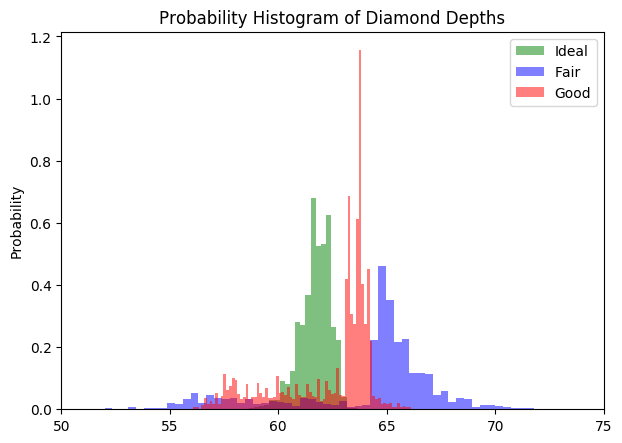
While creating Python visualizations, you will often encounter situations where your subplots have axis labels that overlap one another. title ( 'Citric Acid plotted against Fixed Acidity' )

title ( 'Total Sulfur Dioxide plotted against Fixed Acidity' ) title ( 'Density plotted against Fixed Acidity' ) title ( 'Alcohol plotted against Fixed Acidity' )

Using tightlayout () method to set the spacing between subplots The tightlayout () method automatically maintains the proper space between subplots. title ( 'Quality plotted against Fixed Acidity' ) Steps Needed Import Libraries Create/ Load data Make subplot Plot subplot Set spacing between subplots. title ( 'Chlorides plotted against Fixed Acidity' ) When it reaches the end of a row, it will move down to the first entry of the next row.Ī few examples of selecting specific subplots within a plot grid are shown below: It starts at 1 and moves through each row of the plot grid one-by-one. The nrows and ncols arguments are relatively straightforward, but the index argument may require some explanation. index: The plot that you have currently selected.ncols: The number of columns of subplots in the plot grid.nrows: The number of rows of subplots in the plot grid.We can create subplots in Python using matplotlib with the subplot method, which takes three arguments:
PYPLOT SUBPLOT HISTOGRAM HOW TO
How To Create Subplots in Python Using Matplotlib We will work through the process of creating subplots step-by-step through the remainder of this lesson. title ( 'Facebook (FB) Stock Price' ) #Plot 4 title ( 'Amazon (AMZN)) Stock Price' ) #Plot 3 title ( 'Alphabet (GOOG) (GOOGL) Stock Price' ) #Plot 2 Google = tech_stocks_data Īmazon = tech_stocks_data įacebook = tech_stocks_data sort_values ( 'Period', ascending = True, inplace = True ) It is always advisable to check that your impressions of the distribution are consistent across different bin sizes.Tech_stocks_data. But you should not be over-reliant on such automatic approaches, because they depend on particular assumptions about the structure of your data. By default, displot()/ histplot() choose a default bin size based on the variance of the data and the number of observations. The size of the bins is an important parameter, and using the wrong bin size can mislead by obscuring important features of the data or by creating apparent features out of random variability. For instance, we can see that the most common flipper length is about 195 mm, but the distribution appears bimodal, so this one number does not represent the data well. This plot immediately affords a few insights about the flipper_length_mm variable. displot ( penguins, x = "flipper_length_mm" ) A histogram is a bar plot where the axis representing the data variable is divided into a set of discrete bins and the count of observations falling within each bin is shown using the height of the corresponding bar:
PYPLOT SUBPLOT HISTOGRAM CODE
This is the default approach in displot(), which uses the same underlying code as histplot().

Perhaps the most common approach to visualizing a distribution is the histogram. It is important to understand these factors so that you can choose the best approach for your particular aim. There are several different approaches to visualizing a distribution, and each has its relative advantages and drawbacks. They are grouped together within the figure-level displot(), jointplot(), and pairplot() functions. The axes-level functions are histplot(), kdeplot(), ecdfplot(), and rugplot(). The distributions module contains several functions designed to answer questions such as these. What range do the observations cover? What is their central tendency? Are they heavily skewed in one direction? Is there evidence for bimodality? Are there significant outliers? Do the answers to these questions vary across subsets defined by other variables? Techniques for distribution visualization can provide quick answers to many important questions. An early step in any effort to analyze or model data should be to understand how the variables are distributed.


 0 kommentar(er)
0 kommentar(er)
